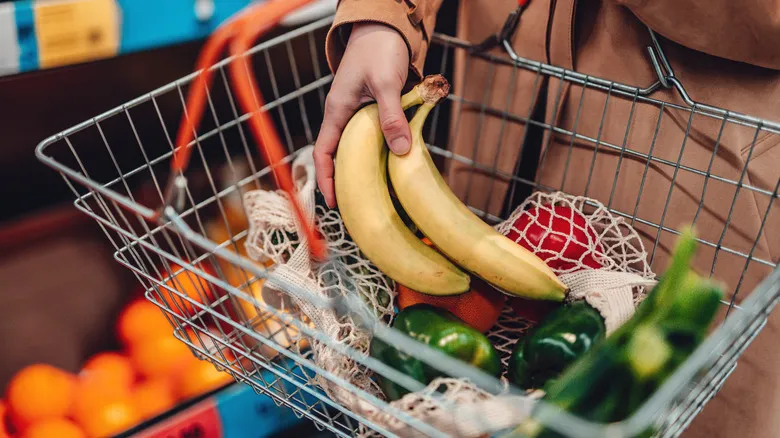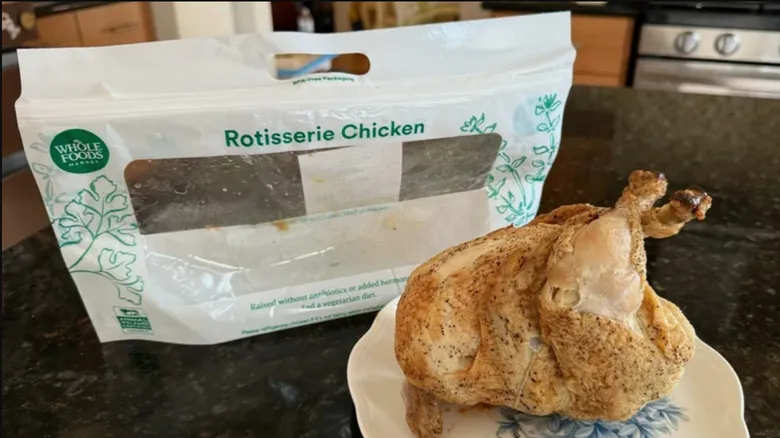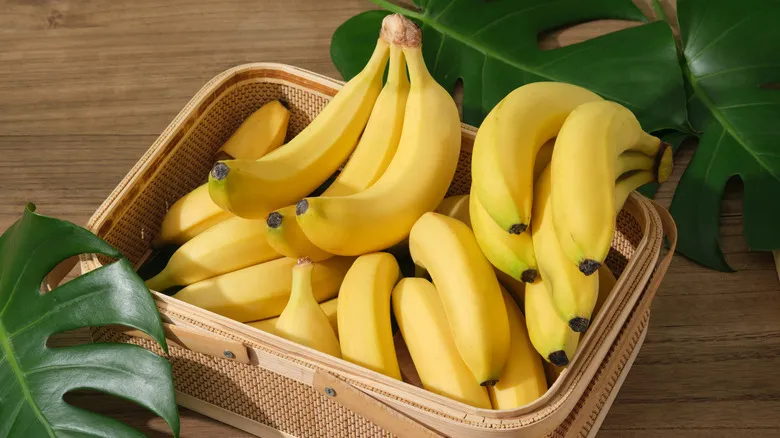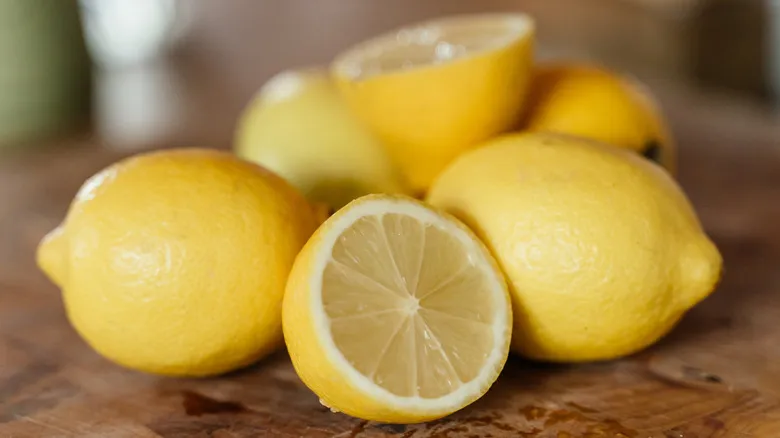Let your senses guide your lemon selection

When selecting lemons for juicing, there are several factors to keep in mind beyond their appearance. One important aspect is weight; juicier lemons tend to be heavier and feel more substantial. Choose a few lemons that are roughly the same size, and the one that feels the heaviest is likely to be the juiciest. Additionally, give them a gentle squeeze. You're looking for lemons that yield slightly under pressure, as this suggests a higher juice content. If a lemon is too firm, it may not have much juice inside, while a lemon that is overly soft or squishy is likely spoiled.
Another useful test is to take a whiff. A fresh, juicy lemon should emit a bright, citrusy aroma.
Visually, certain characteristics can also guide your selection. Round lemons are generally juicier than elongated ones. They should exhibit a vibrant yellow hue and a shiny surface, as ripe lemons often have a glossy appearance. A slight green tint on the rind is acceptable, indicating that the lemon is nearing ripeness. It's preferable to choose a lemon that is slightly under ripe rather than overripe. If you notice any yellowing that shifts to tan or brown, it's best to pass on that one, as it is overripe. With this knowledge in hand, may your next grocery shopping experience be both fruitful and juicy!
Recommended

What's The Worst Day Of The Week To Grocery Shop?

The Popular Whole Foods Item You Should Avoid Buying

The Tell-Tale Sign The Seafood You're Buying Isn't Up To Standard

How Many Bananas Are There In A Single Pound?
Next up

